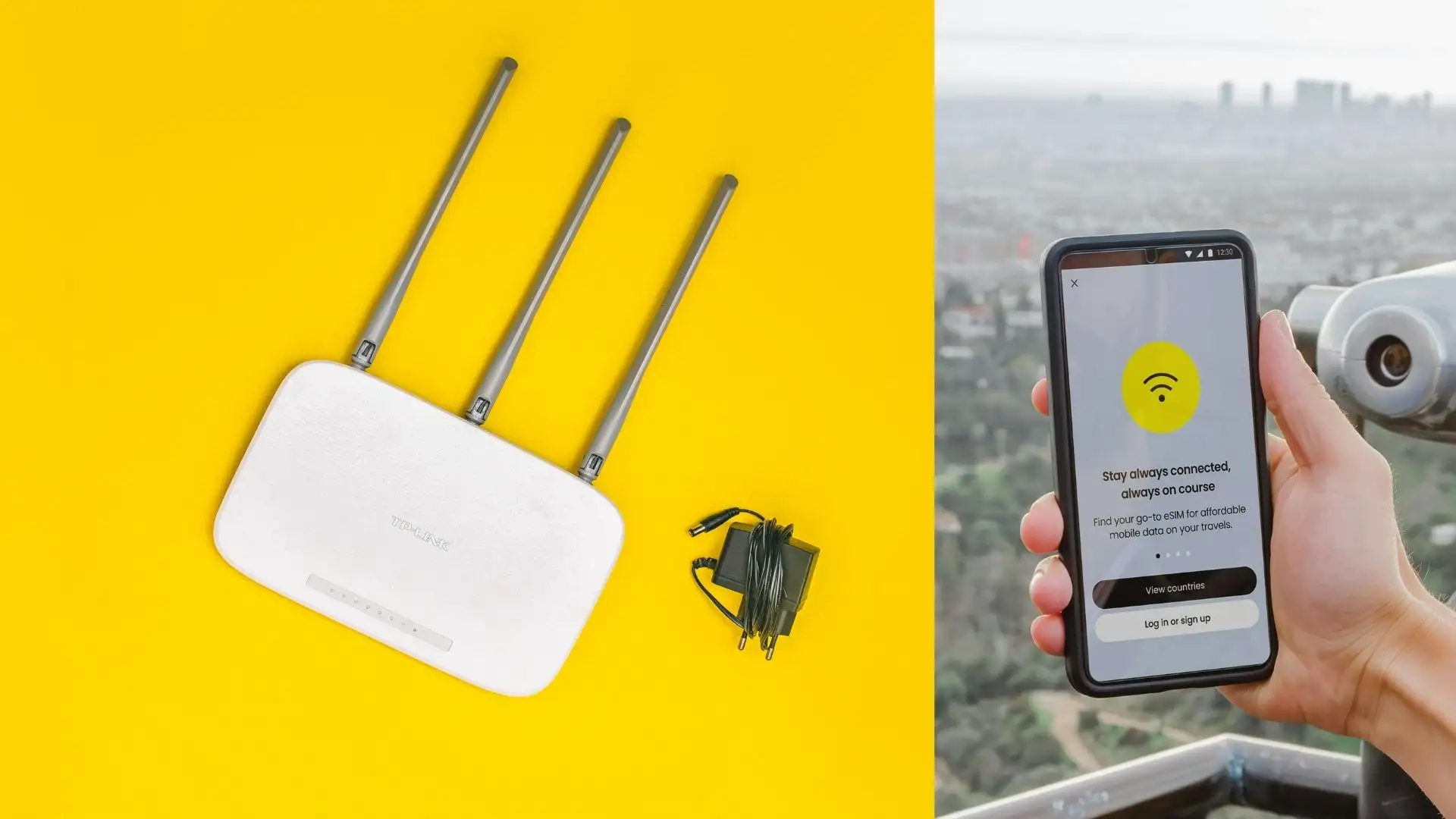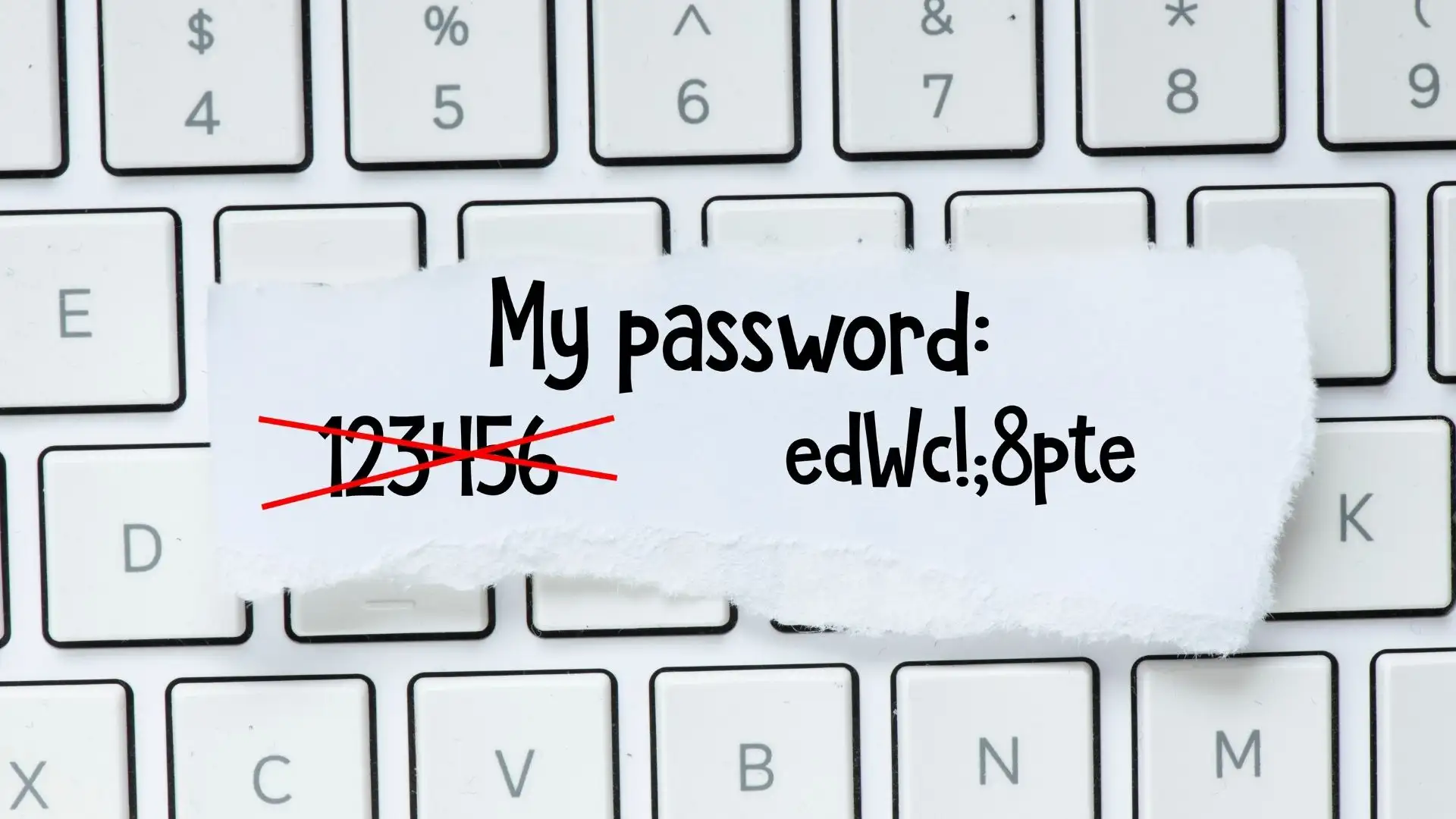Retail stores increasingly rely on mobile devices, from smartphones and tablets at checkout counters to handheld inventory scanners and customer-facing apps. This connectivity boosts efficiency but also expands the attack surface. Mobile security for retail stores is now a critical concern. Threat actors exploit retail-specific scenarios: employees may click on phishing links or install unvetted apps, and point-of-sale (POS) or payment apps on phones/tablets can be targeted for credit-card theft. A successful mobile attack can disrupt sales, compromise customer data, and damage trust. This article explains common mobile threats in retail environments, how comprehensive mobile security solutions protect devices, and what store owners, IT managers, and staff can do to bolster defense.
How Mobile Threats Occur in Retail Environments
Mobile threats in retail come from multiple vectors. Employees and customers may be targeted with phishing and social engineering specifically designed for small screens: an SMS or messenger prompt may impersonate headquarters or a vendor, urging a quick response. In busy stores, staff might click malicious links or give up credentials, inadvertently downloading malware or handing over access.
- Phishing and Social Engineering: Cybercriminals send deceptive messages (email, SMS, app alerts) on mobile devices, impersonating trusted sources. Because mobile screens are small and notifications urgent, retail employees can be caught off guard. Clicking a bad link can install malware or steal login credentials.
- Malicious Apps and Downloads: Retailers often use mobile apps for inventory, POS, or communication. If employees download apps from unverified sources (sideloaded apps or unofficial app stores), the apps may contain malware. Such malicious apps can steal data, spy on transactions, or open backdoors into store networks. Even legitimate-looking utilities (e.g., “free inventory scanner”) can be traps.
- Unsecured Wi-Fi and Network Attacks: Retail stores typically provide Wi-Fi for mobile POS or employee devices. Attackers can intercept data or create rogue hotspots if these networks are misconfigured or unencrypted. For example, a hacker could spoof the store’s Wi-Fi, and any device that auto-connects may leak payment or login data. Network attackers can also perform man-in-the-middle (MITM) attacks on POS transactions over Wi-Fi.
- Physical Theft or Loss: Retail devices (smartphones, tablets, handheld scanners) are portable and easily lost or stolen. A thief could access unscreened business data or use the device to connect to retail networks. Unsecured Bluetooth or NFC channels can also be exploited.
- If youwant learn more- Please contact with us!
The convergence of personal and professional use amplifies risk. Many staff use their smartphones (BYOD), mixing shopping apps with work apps. Attackers exploit that overlap: a compromised personal game app might spy on corporate emails. Retailers have become lucrative targets because mobile devices often store sensitive customer information (loyalty data, payment info) and connect to critical systems. Surveys find most businesses (e.g., 80%) consider mobile devices critical to operations, yet many lack robust mobile security strategies. In short, mobile threats in retail come from phishing, malicious apps, insecure networks, POS vulnerabilities, and device theft – any of which can harm operations, compliance, and reputation.
Core Mobile Security for Real Stores: Features and Solutions
To counter mobile threats, retailers deploy specialized security solutions. Modern mobile security works as a multilayered defense on-device and network-wide, often integrated with enterprise management. Key features include:
- Malware and Threat Scanning: Just as PCs use antivirus, mobile security apps scan apps and files. They analyze new app installs and downloads in real time, using cloud databases and machine learning to detect malware. For example, on Android devices, a mobile security tool will automatically scan any downloaded APK or sideloaded file, using local and cloud ML models to catch known and unknown threats. iOS is more locked down (App Store-only), but security suites still protect by blocking malicious links and monitoring app behavior. In all cases, on-device scanning and cloud analysis help block viruses, trojans, ransomware, or spyware targeting mobile OS.
- URL/Link and QR-Code Protection: Many attacks start with a malicious link (in a text or email) or QR code. Enterprise mobile security includes URL filtering: when a user taps a link or scans a QR code, the system checks its reputation online. If it’s flagged (phishing site, malware download), access is blocked. This prevents attackers from directing staff or customers to fake login pages or malware sites.
- Anti-Theft and Device Lockdown: Anti-theft features protect lost or stolen devices. An admin can remotely lock a phone or tablet and wipe its data, preventing unauthorized access. Some solutions also support geolocation or capturing a thief’s photo. Security apps allow retailers to remotely wipe or factory-reset a device if it’s missing. Requiring strong screen locks or biometrics adds another layer. This is critical for POS devices or corporate phones – a lock or wipe stops a stolen device from revealing customer or network data.
- Wi-Fi Security and VPN: Retail staff often use mobile devices on various networks (store Wi-Fi, home, public hotspots). Security solutions enforce encryption and safe networking. Many include a built-in VPN (Virtual Private Network) that encrypts traffic when on untrusted Wi-Fi. For example, if a store worker accidentally joins a coffee shop hotspot, the VPN creates a secure tunnel. Advanced systems can auto-enable VPN on risky networks or sensitive apps, ensuring customer transaction data stays encrypted end-to-end. Additionally, mobile security can detect rogue Wi-Fi APs and warn users.
- Application Control and Vetting: To prevent malicious apps on corporate devices, IT can use Mobile Device Management (MDM) and Mobile Application Management (MAM). These tools let managers specify which apps are allowed. They can push only vetted apps to devices, whitelist app stores, or scan apps for vulnerabilities. For instance, a retailer might use an MDM profile so that the only allowed POS app is from the official store; any attempt to install a third-party scanner app would be blocked. Zimperium emphasizes “Mobile App Vetting” – reviewing app source code, permissions, and behavior before deployment. This ensures in-house or third-party retail apps meet security standards.
- Remote Management and Integration: Enterprise-grade mobile security isn’t just an app – it integrates with centralized tools. A Mobile Threat Defense (MTD) solution runs on each device to detect threats (malware, phishing, network attacks) in real time. MTD feeds data to the corporate console, enabling automated responses (e.g., quarantining a device). Combined with an MDM/EMM system, retailers get full lifecycle control: enforcing device encryption, pushing security updates, segmenting network access, and performing remote wipe or lock as needed. Integrating mobile security with the broader IT stack (VPN concentrators, SIEM loggers, firewalls) provides a unified defense.
- Additional Safeguards: Advanced mobile security suites may also include features like secure containers (isolating work apps/data from personal use), proactive OS patch management, and phishing detection for SMS/email. Some retail-specific solutions even sign and lock down mobile POS apps to protect them from tampering.
Together, these features form a robust shield. In practice, a retail mobile security system might block a worker from visiting a known phishing site, quarantine a newly installed suspicious app, enforce VPN on a device, and allow IT to wipe a lost tablet in minutes. Zimperium, Kaspersky, and other vendors offer these capabilities as managed services or appliances, helping retailers meet compliance (e.g., PCI-DSS for payments, GDPR for EU data) while enabling secure mobile operations.
Resources,




